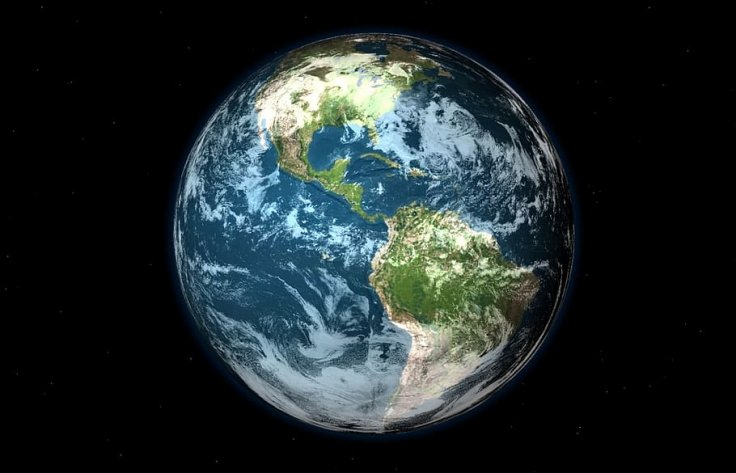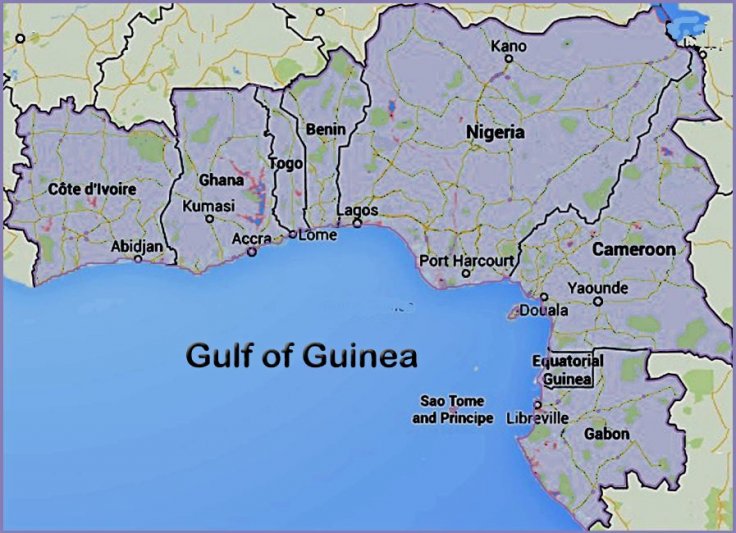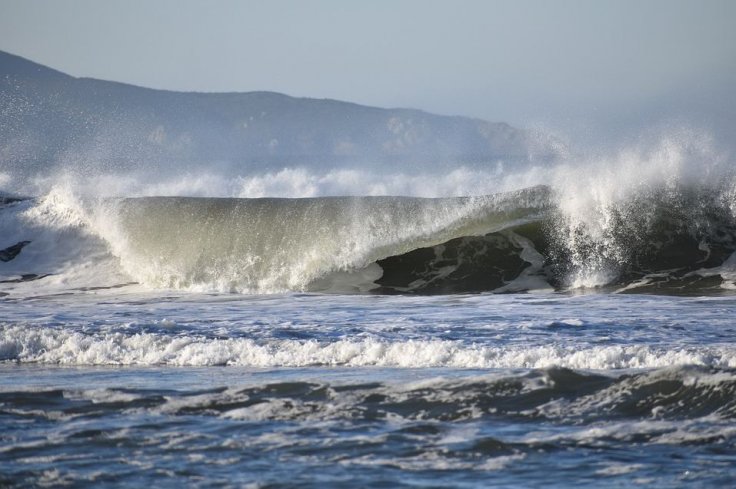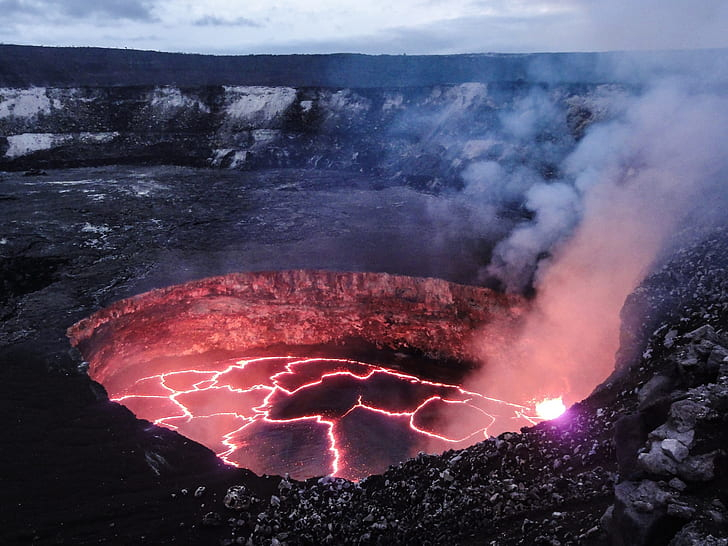As the entire world goes about its business every day, little do its inhabitants know that the Earth shakes or trembles every 26 seconds. Known as a 'microseism', it lacks enough intensity for us to sense. However, it is sufficient for seismological devices to detect and measure.
So what causes this silent 'pulse' that billions of people across the planet cannot sense? The answer is a debated one with multiple hypotheses supporting or contending with each other. The origin of the contention, however, goes back several decades to its discovery in the 1960s.
Discovering the Pulse
In 1962, a researcher named Jack Oliver published a paper where he documented the microseism for the very first time. He deduced that the pulse emanated from somewhere in the equatorial or southern Atlantic Ocean. Oliver also noted that the pulse was more powerful during summer months in the Northern Hemisphere; a time when it is winter in the Southern Hemisphere.

Mike Ritzwoller, a seismologist at the University of Colorado, told Discover: "Jack didn't have the resources in 1962 that we had in 2005 — he didn't have digital seismometers, he was dealing with paper records." Ritzwoller himself would go on to have his own encounter with the phenomenon a few decades later.
Nearly twenty years after Oliver's study, Gary Holcomb, a geologist with the US Geological Survey took a closer look at the tiny shakes in 1980. He ascertained that during storms, the microseism was the strongest. That was the last focused investigation into the peculiar and nearly unnoticeable quakes.
Triangulating the Its Origin
As luck would have it, in 2005 when Greg Bensen, a graduate student then, was asked by his advisor to present the seismic data that he had been studying, an interesting discovery was made. Ritzwoller narrated that when Bensen analyzed some of the data, he noticed a strong signal arising from a distant location. "As soon as we saw this, [then-postdoctoral researcher Nikolai Shapiro] and I recognized that there was something weird, but we had no idea what it was," said Ritzwoller, according to Discover.

In fact, the team managed to even locate the origin of the pulse—somewhere in the Gulf of Guinea, at a distance from the western coast of Africa. The team looked into Oliver's and Holcomb's research and brought out a study in 2006. However, the confirmed cause of the pulse has not been unanimous. While some attribute it to waves, others hold volcanic activity responsible.
Locating the Source In The Midst of 'Noise'
"Noise" or seismic activity in the course of quiet time—the absence of volcanic eruptions or earthquakes—is well known among the scientific community. Ritzwoller explained that the Sun is the cause of seismic noise. As the Sun tends to heat the equator more than the two poles, ocean currents, waves, winds, and storms are created. Upon making contact with the coastline, the generated energy is passed on to the land by the waves.
"It's like if you were tapping on your desk. It deforms the area near your knuckle, but then it's being transmitted across the whole table. So someone sitting at the other side of the table, if they put their hand, or maybe their cheek, on the table, they can feel the vibration," explained Ritzwoller. Though such noise has been studied for years, Ritzwoller admitted that 2005 was a eureka moment for him.

In the early 2010s, Garrett Euler, a graduate student at Washington University in St. Louis, managed to further narrow down the origin of the pulse to an area known as the Bight of Bonny in the Gulf of Guinea. He posited that the seismic activity was caused by the impact of the waves on the coastline. In 2013, Euler presented his findings at the Seismological Society of America conference.
Waves or Volcanoes
Contentions and contradictions form an integral part of science. In 2013, Yingjie Xia from the Institute of Geodesy and Geophysics in Wuhan, China, and his team published a paper that suggested that the source of the pulse where volcanoes and not waves. Interestingly, a volcano on the island of São Tomé in the Bight of Bonny is situated very close to the point of the pulse's origin. Also, Aso Volcano in Japan is known to cause a microseism that bears strong similarities with the microseism being discussed.

Despite the larger discourse revolving around the rhythmic pulse, there are other intriguing questions surrounding the phenomenon. For starters, why Bight of Bonny? Why not any other location on the planet where there are several volcanoes and continental shelves? Unfortunately, the exact underlying reason for the pulse being generated continues to remains inconclusive nearly 60 years after its first documentation.
"We're still waiting for the fundamental explanation of the cause of this phenomenon," said Ritzwoller. "I think the point [of all this] is there are very interesting, fundamental phenomena in the earth that are known to exist out there and remain secret." Perhaps, another set of bright students in the future may be successful in deciphering the puzzle, hopes Ritzwoller.









